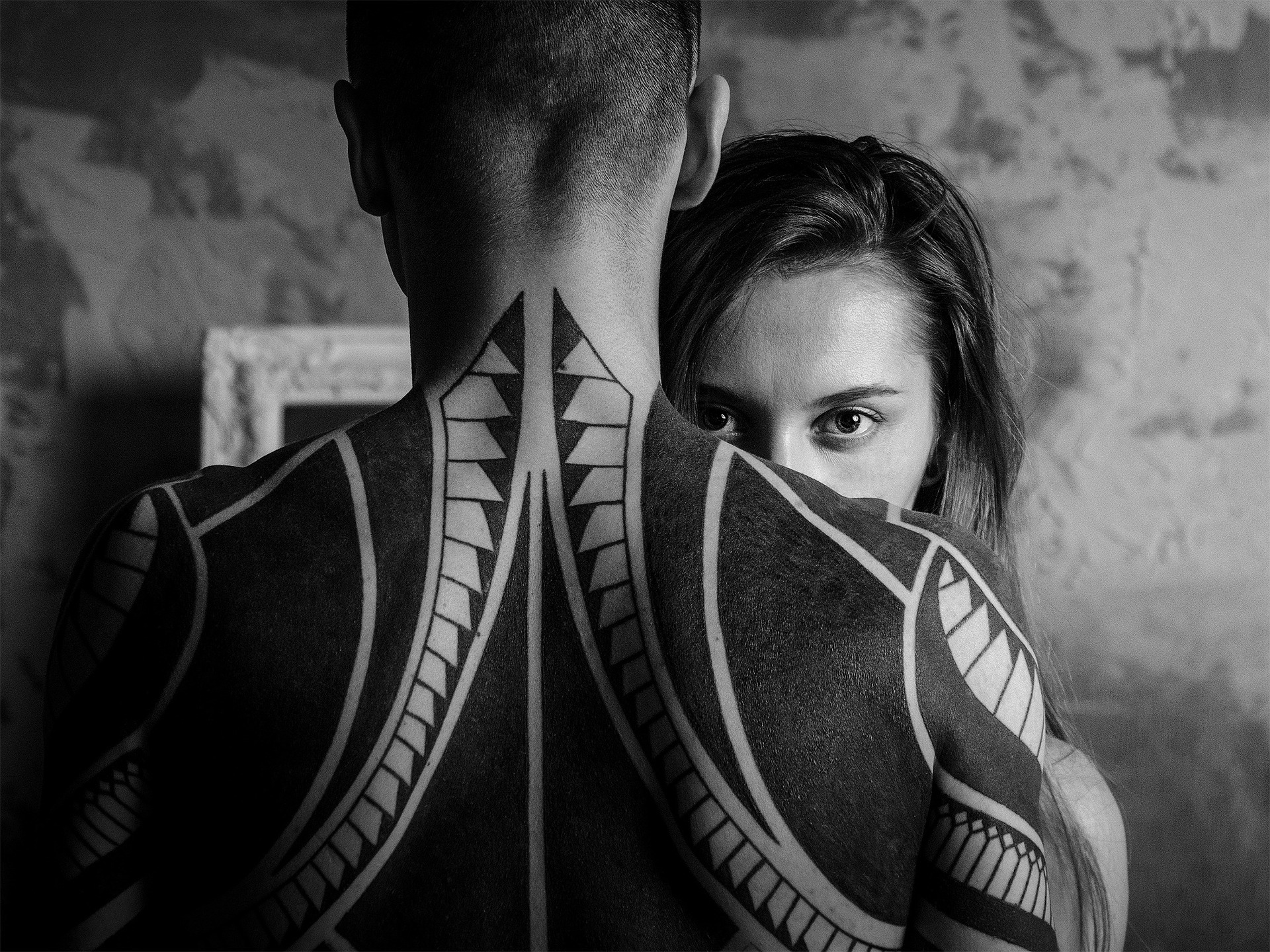Cinematic Poetry: A Deep Dive into the Art of Visual Metaphors
Introduction: Discover the intriguing world of visual metaphors in film, an artistic technique that is reshaping narrative storytelling and deepening audience engagement. This article explores the evolution, significance, and impact of this compelling trend in modern cinema.
A Glimpse into the Past: The Genesis of Visual Metaphors
Visual metaphors have been part of human expression since our earliest cave paintings. In cinema, they emerged with the advent of silent films, where visual cues were essential for storytelling. Iconic directors like Sergei Eisenstein and F.W. Murnau used visual metaphors to convey complex emotions and ideologies. The art form continued to develop through the golden age of Hollywood under directors like Alfred Hitchcock and Orson Welles, who used visual metaphors to create dramatic tension and narrative depth.
The Rise of Visual Metaphors in Modern Cinema
Today, visual metaphors are experiencing a renaissance in the hands of visionary filmmakers like Christopher Nolan, Guillermo Del Toro, and Ava DuVernay. These directors employ visual metaphors to engage audiences on a deeper emotional level and to explore profound themes like identity, time, and memory. In Nolan’s “Inception,” for example, the spinning top is a visual metaphor for the blurred line between reality and dreams.
The Art and Craft of Visual Metaphors: Unpacking the Technique
Creating a visual metaphor is a delicate art. It begins with a careful selection of symbols that resonate with the film’s theme. The chosen symbol must then be seamlessly woven into the narrative, enhancing the story without distracting the audience. When executed well, visual metaphors can elevate a film from mere entertainment to a thought-provoking piece of art.
Impact and Reception: The Power of Visual Metaphors
The impact of visual metaphors on audiences is profound. They engage viewers intellectually, prompting them to decode the symbols and connect them to the story’s broader themes. This active engagement deepens the viewing experience, making the film more memorable and impactful. Critics, too, have recognized the power of visual metaphors, often highlighting them in their reviews as a testament to a director’s artistic prowess.
Visual Metaphors: The Future of Cinematic Storytelling
As audiences become more sophisticated and demand more from their cinematic experiences, the use of visual metaphors is likely to increase. They offer filmmakers a powerful tool for exploring complex themes, pushing the boundaries of traditional narrative structures, and creating uniquely engaging cinematic experiences.
In conclusion, visual metaphors are a powerful artistic tool in modern cinema, transforming the way stories are told and experienced. Their popularity among both filmmakers and audiences attests to their potential as the future of cinematic storytelling. As we continue to explore this fascinating trend, one thing is clear: the language of film is becoming increasingly poetic, and it’s a beautiful sight to behold.





